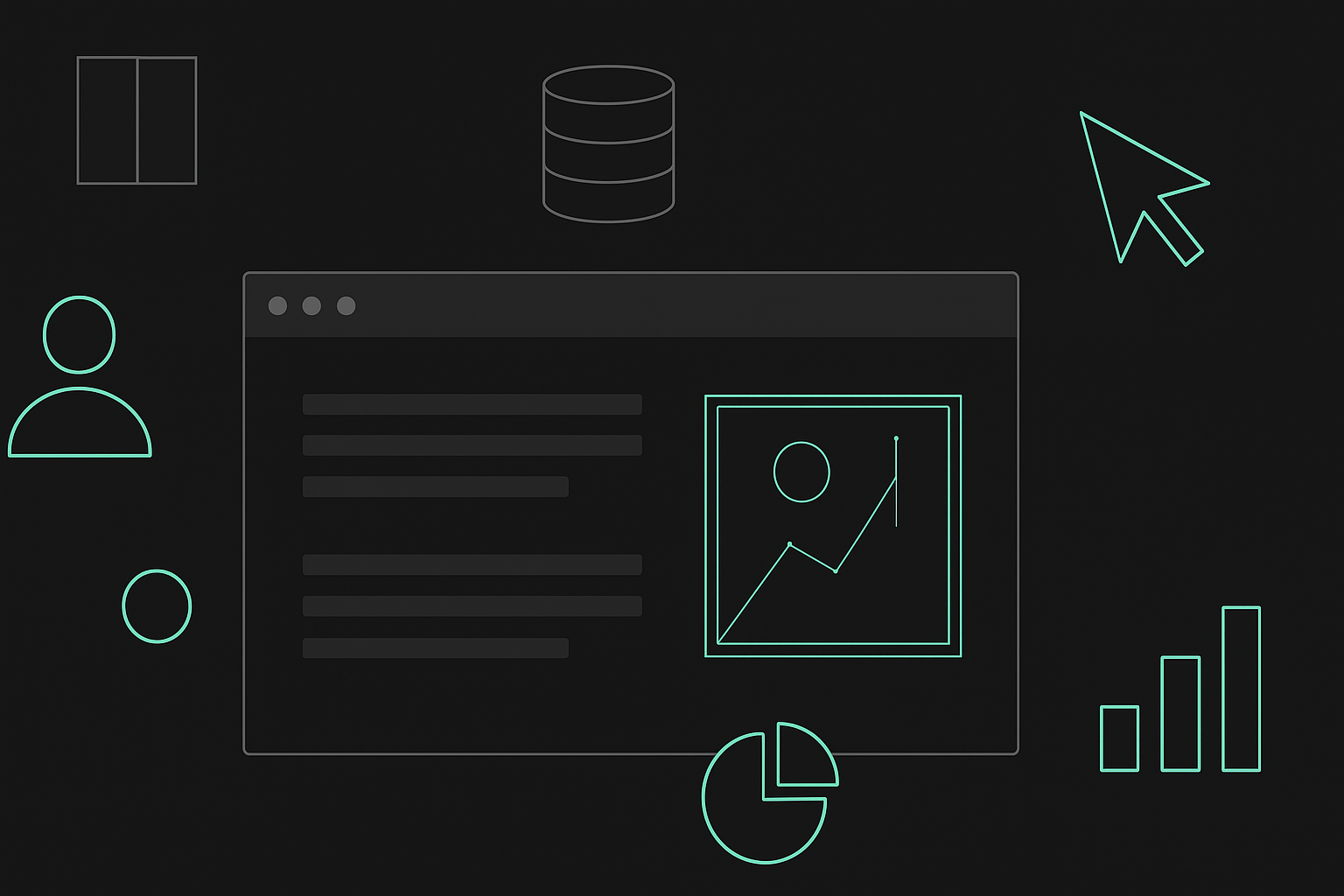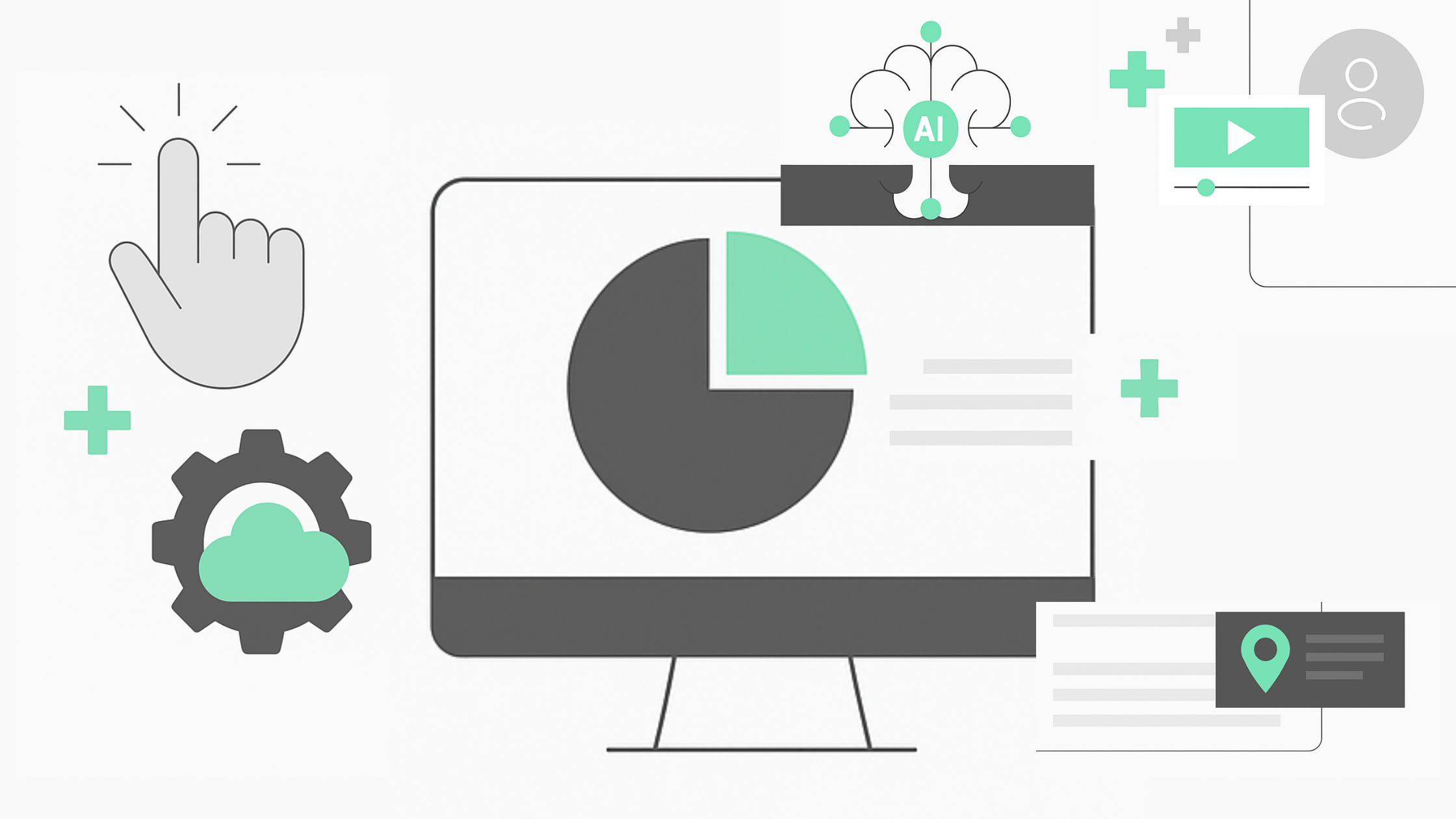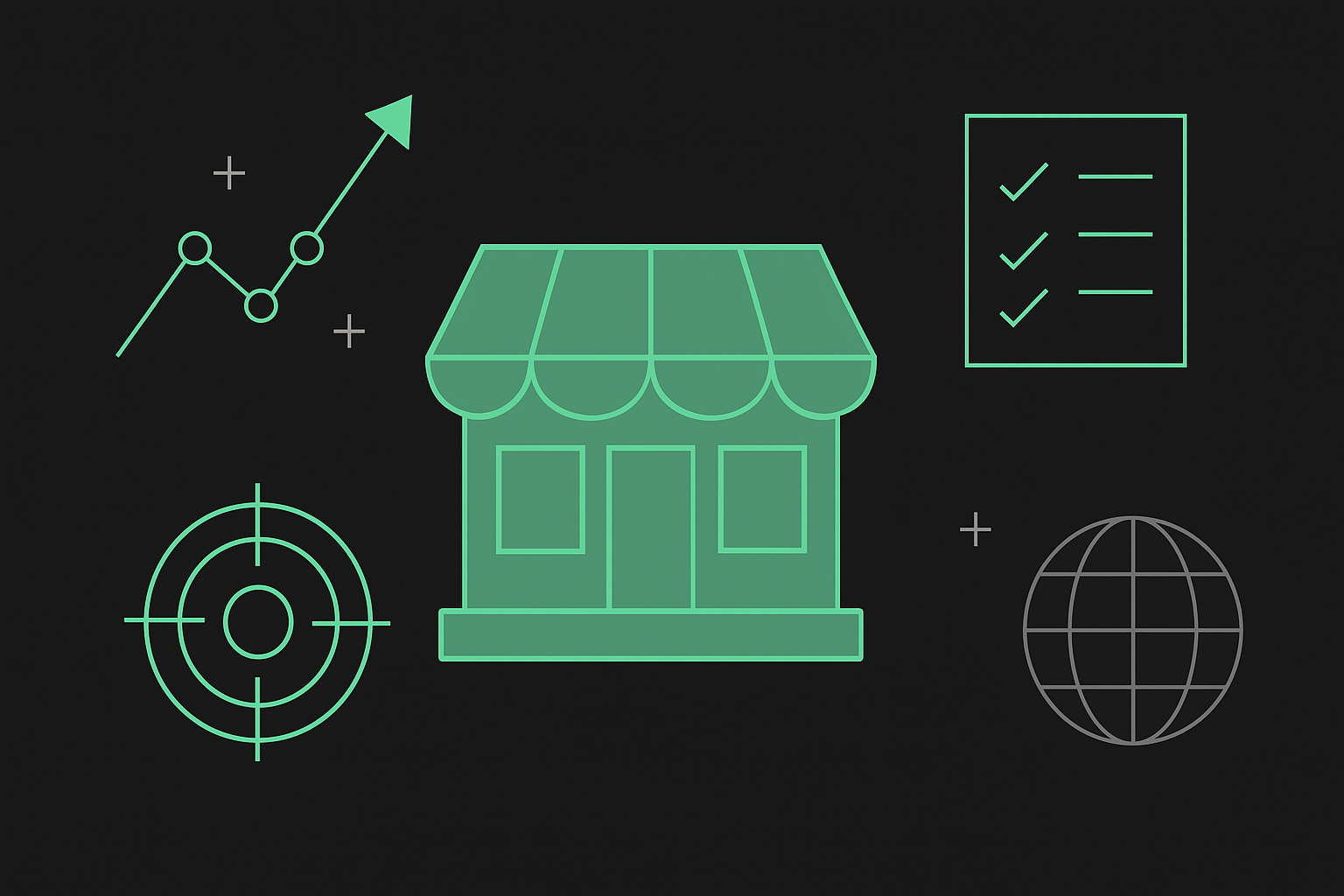What is Web3?
Web3 or Web 3.0, has been described as the new wave of the internet - everyone is talking about it. The concept of Web3 was born from the need to create a decentralized, digital ecosystem using blockchain technologies. For an average internet user, there is an immense dependency on large tech companies like YouTube, Amazon, etc. to provide certain services, and Web3 is designed to limit the influence of these companies.
Web3 has been in the works for a while now, but most users are still unaware of what it is or what technical implications it will have. In this article, we’ll explore Web3 and its features, significance, and applications.
What Is Web3, and How Does It Work?
In 2014, Ethereum founder and CEO of Polkadot, Gavin Wood, coined the term “Web3” to refer to a decentralized online system, but the concept did not gain popularity until 2021.
Prior to its emergence, Web 1.0 and Web 2.0 largely defined the history of the World Wide Web. The cycle of these technologies and formats began in the late 20th century, during which time Web 1.0 characterized a period of static pages with users who were consumers and not producers of content. Moving forward, Web 2.0 focused on user-created content uploaded to platforms, social media, and networking services, and it is still in use today.
With the introduction of Web3, the idea of decentralization by incorporating blockchain technology became widely popularized by technologists and cryptocurrency experts. While some experts say that it could increase the potential for low tolerance and the spread of harmful content, others argue that decentralizing data and content from the hands of a few tech giants, often referred to as “Big Tech,” could improve data security, scalability, and privacy for users.
Among other things, Web3 encompasses data ownership, transparency, and freedom. The following are some of its defining features:
- Decentralization - Web3 finds information based on its content. This data is stored in different locations, aka decentralized. With this, users are no longer confined to the large databases predominantly owned by Big Tech companies like Netflix and Google. Likewise, with Web3, the information generated by computing resources, i.e. mobile phones, desktops, etc., can be sold through decentralized data networks, ensuring that users retain ownership control.
- Artificial intelligence & Machine Learning - Web3 uses Artificial Intelligence (AI) and Machine Learning (ML) to make searches more user-specific. Through ML, the AI is able to use data and algorithms to imitate how humans learn, gradually improving its accuracy. This way, it provides a personalized experience for each user surfing the internet.
- Semantic Web - W3C describes the Semantic Web as “a common framework that allows data to be shared and reused across application, enterprise, and community boundaries.” As an extension of Web3, the Semantic Web provides software programs with machine-readable metadata of published information or data.
- Trustless and Permissionless - Being trustless means Web3 provides users with the ability to interact directly, without going through a third-party. This means that the network operates by calculating costs from user engagement and economic mechanisms, rather than third-party initiatives. With Web3, content creators are paid directly for their content: the more engagement you get, the higher your chances are of getting paid. In addition, Web3 is permissionless and allows any user to access the network without authorization from a governing body. This way, no one is excluded.
- Connectivity and Ubiquity - Unlike previous web versions, Web3 goes a step further by making information and content connected and more accessible to anyone, anywhere. Internet-based devices will no longer be limited to computers and smartphones, as a new range of smart gadgets will be introduced. The end goal is to enable users to access and connect information and data they own at any time, without limitations.
How Does the Shift to Web3 Impact Businesses?
With Web3 generating a lot of buzz on the internet, there is an increased emphasis on its implications and advantages to business growth. Some of the benefits of Web 3 include the following:
- Ownership - With Web3, end-users will retain complete ownership and control of their data and have the security of encryption. For instance, while Web 2.0 allows Big Tech companies like Google and Amazon to store user information, interests, and preferences on their database and sell this data to advertisers and marketers, Web3 uses blockchain technologies, like Non-Fungible Tokens (NFTs), to limit ownership of information to the user to be shared based on permission or need, case-by-case. For small businesses, this means retaining ownership of all content they create and controlling how that data is shared.
- Easy Access to Information - Web3 exclusively uses cloud-based applications, meaning users can access the information they own from anywhere. Since data is stored on Blockchain, users can access and transfer information without being restricted on account of their income, orientation, geographic, demographic, or sociological factors. In addition, Web3 introduces XR (“Extended Reality”): a system that allows businesses to design, create, and explore concepts without needing physical prototypes. By utilizing XR websites, businesses can enable multiple users to engage with the same content, while customizing it to each user’s preferences.
- Removal of Centralized Control - There is an immense power imbalance between content creators and Big Tech platforms. For example, with Facebook’s new privacy policy that determines how much personal information users can keep hidden, there has been an outcry from users accusing the platform of making valuable personal data available to advertisers without their permission, or in some cases, without their knowledge. Web3 ensures that power is decentralized to enable content creators and business owners to use their data without external influence. With limited centralized control, startup owners are no longer limited by restrictive upgrades/updates that service providers often introduce.
- User Identity - On Web 2.0, users create a different account on every platform they use. In many cases, various platforms require users to fill out personally identifiable information when creating an account. However, changes made to a user’s profile on one platform do not affect their profile on any other platform. With Web3, users can control their digital identity using an Ethereum address and ENS profile. This way, the user can securely and anonymously have entry access across all platforms with a single login.
- Native Payments - Currently, Web 2.0's payment structure relies on banks and payment processors. This excludes users without bank accounts and can limit transactions internationally. Web3’s solution is to use tokens like Ethereum (ETH) to send money directly online, bypassing the need for a third party. Through the interaction of physical and virtual reality known as “Augmented Reality,” Web3 is slowly infiltrating every sector of the economy.
Examples of Web3 Applications Revolutionizing the Business World
The transition to Web3 has slowly begun, with new applications being created to focus on decentralization. Here are some Web3 applications and their functions:
Bitcoin - As the original blockchain-based cryptocurrency, Bitcoin has created a way to send and receive digital money without needing bank approval. Currently, nearly 2,300 businesses accept Bitcoin in the US alone. Web3 aims to apply decentralization to digital life using Ethereum - a blockchain based on Bitcoin’s key features, with an added design of its own programming language that allows developers to build apps and create a new, decentralized, digital infrastructure.
Diaspora - A nonprofit, user-owned, distributed social network, Diaspora comprises a group of independently owned nodes (or “pods'') that interact to form the network. Seeing as the network is not owned by an individual or entity, it eliminates the threat of corporate take-overs or corporate advertising. This way, businesses have independent freedom and ownership of their content.
Augur - This is a no-limit betting platform that provides a simple way for traders to buy and sell shares. As a substitute for betting platforms that have prohibitive regulations and charge high fees, Augur creates an accessible way for liquidity providers to supply liquidity with fewer restrictions.
OpenSea - This digital marketplace allows users to sell NFTs directly at a fixed price. Through an auction based on the Ethereum standard, OpenSea organically discovers market prices for items. In addition, the platform allows business owners to choose which cryptocurrency they accept as payment.
Sapien - Powered by the Ethereum blockchain, Sapien is a decentralized social news site that allows its users to construct their own apps without the need for payment or advertisements. As a good alternative to Big Tech social networks like Facebook, the platform is highly configurable, and it provides its users with the tools they need to quickly build and launch apps, services, and technologies. As a result, users can interact, transact, share information, and form communities.
Uniswap - The goal of this platform is to provide a fair, transparent, and easily accessible financial market for everyone. Uniswap builds Web3-based infrastructure and applications to introduce a new digital asset swapping experience for users. With the introduction of The Swap Widget, which can be easily integrated into any website, the platform allows users to pay for an NFT or join a community without migrating from a native site to a trading system.
Everledger - As a distributed digital registry, Everledger allows users to store and access data whenever they want. It protects users - and banks - from fraud, by keeping track of valuables and offering each user a unique record; users can protect their purchases by scanning the Everledger sticker. Everledger monitors the activity of every item logged on the supply chain, from its inception to when it's transferred out of the system. The provision of internet security is a major advantage. The platform also recently filed a patent on an RFID chip allowing users to retrieve lost objects via an app.
Origin - This is a cross-chain, multi-Metaverse platform that offers its users innovative tools and helpful guides for making good decisions about leasing, remodeling, buying, selling, renting, and financing virtual homes. With a simple and concise approach to Metaverse real estate, Origin gives its users access to potential clients in the market, while eliminating the need to be a Metaverse, or even a cryptocurrency, expert. The platform provides seamless interactions with the potentially thousands of other tokens and worlds in the Metaverse.
Since its conception, Web3 has been a growing and evolving ecosystem. A spark of interest in cryptocurrency in the previous years has since shaped the idea into a reality, with massive experiments and improvements to new forms of governance and innovations in digital identity.
Although the internet is only at the beginning of creating a better experience via Web 3, the decentralized nature of blockchain technology provides the basis for its further development. With AI and ML already being integrated into Web 2.0 using blockchain, Web 3.0 will provide users with an even more personalized internet experience.
Outliant shares this vision of the future and offers some Web3 services through NFTs, AR/XR websites, Artificial Intelligence, and Machine Learning technologies. Get in touch with us to learn more.










